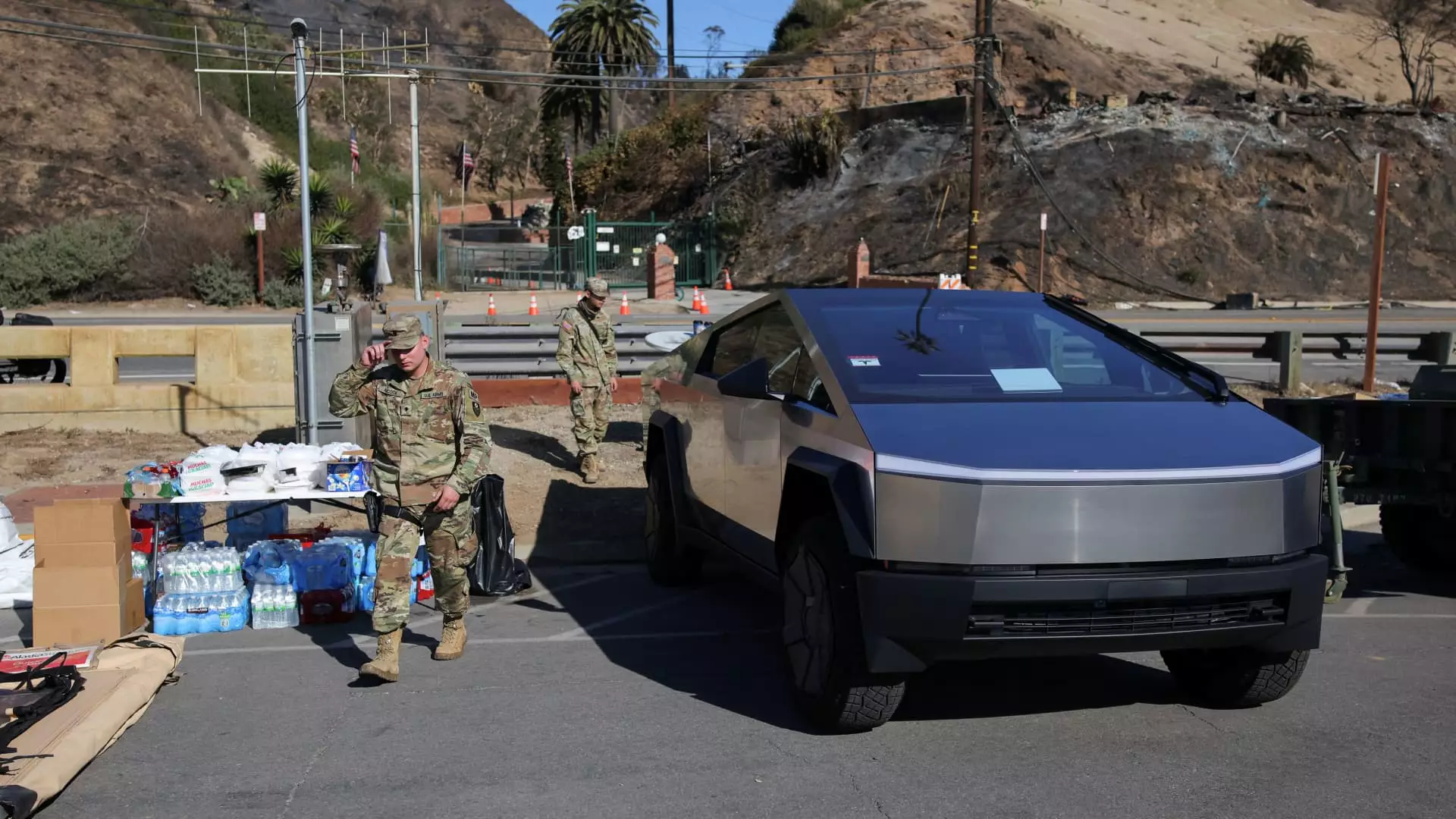Tesla’s Cybertruck has become emblematic of both innovation and controversy in the electric vehicle (EV) landscape. Initially unveiled by CEO Elon Musk in 2019, the Cybertruck captured attention with its unconventional design and ambitious promises of affordability. However, as of 2024, the reality surrounding its pricing and production has raised eyebrows and sparked discussions about Tesla’s strategic approach.
Recently, Tesla began offering discounts of up to $1,600 on new Cybertruck vehicles from its inventory. This reduction, which varies based on specific configurations, is notably accompanied by steeper discounts — reaching approximately $2,600 — for vehicles used as demos. These pricing strategies suggest a reactive measure to sluggish sales and may hint at larger challenges within the production pipeline at Tesla’s Austin, Texas facility, which has seen a slowdown in output.
Despite launching deliveries to consumers this year, the market’s reception has proven tepid compared to early expectations. Musk originally touted a starting price of around $40,000, yet buyers are finding the base price closer to $80,000, revealing a significant disparity between expectations and reality.
The Cybertruck, despite being a standout in design and technology, faced an array of hurdles impacting its growth trajectory. It notably edged out the Ford Lightning F-150 in sales last year and established itself as the fifth best-selling electric vehicle in the United States. However, repeating recalls — including the sixth initiated in November — and production challenges in Austin have dampened enthusiasm among potential buyers. Recent statistics paint a grim picture for Tesla, showing a slight year-over-year decline in deliveries during a period when global EV demand soared to record levels.
To compound matters, the influx of competitive models from various automakers has chipped away at Tesla’s once-dominant market share. While overall EV sales in the U.S. saw a 7.3% increase to approximately 1.3 million units in 2024, Tesla reported a decline of around 37,000 vehicles. This trend has placed the Cybertruck in a precarious position despite initial strong sales figures — approximately 38,965 units sold last year.
In addition to internal production issues, external events have influenced Tesla’s operations. Musk recently issued an apology to California customers awaiting Cybertruck deliveries, explaining that some units are currently being repurposed to provide emergency support during wildfires. Utilizing the Cybertruck as a mobile base station for Starlink internet service reflects Tesla’s commitment to community support but also underscores the complexities of meeting consumer demand amid urgent external needs.
The journey of the Cybertruck is indicative of the larger challenges Tesla faces as it navigates an evolving automotive landscape. While the model’s unique features and design offer undeniable appeal, the juxtaposition of its ambitious initial pricing, production hurdles, and an increasingly competitive market reflects a critical turning point for both the vehicle and the company. Moving forward, Tesla must address these hurdles effectively to reaffirm its position as a leader in the EV industry.


Leave a Reply